How To Get Your First 1,000 Subscribers on YouTube
To reach 1,000 YouTube subscribers, focus on these key strategies: Select a niche that aligns with your passion and has a substantial audience. Analyze top-performing content in your niche to identify viral ideas. Validate these ideas to ensure their potential.
Getting your first 1,000 subscribers on YouTube is one of the biggest milestones for any creator. It’s a moment when you start feeling like all the effort you’ve put in is paying off. But reaching that number isn’t just about luck, it’s also about strategy.
Whether you’re just starting your channel or have been uploading for a while without many results, the right system can help you get noticed, build momentum, and hit that 1,000-subscriber mark faster than you think.
Let’s break down the key steps you need to take to make that happen!
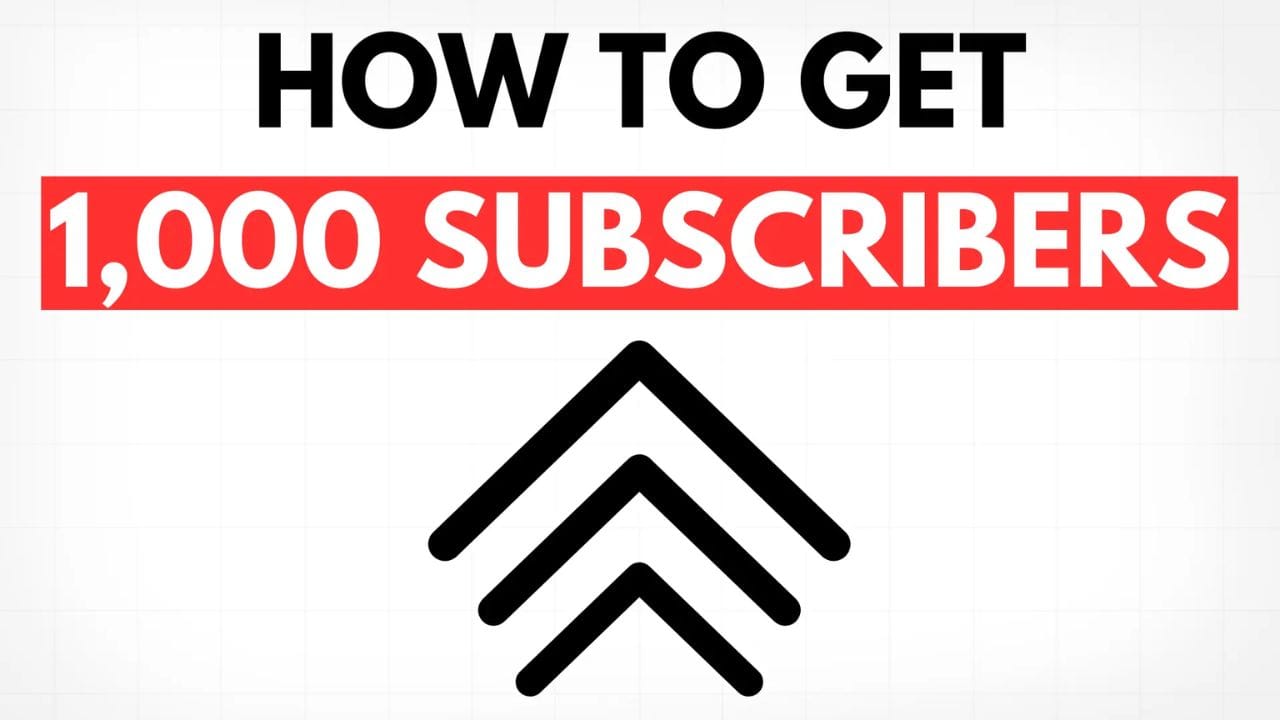
Step 1: Choosing A Niche That Has Potential
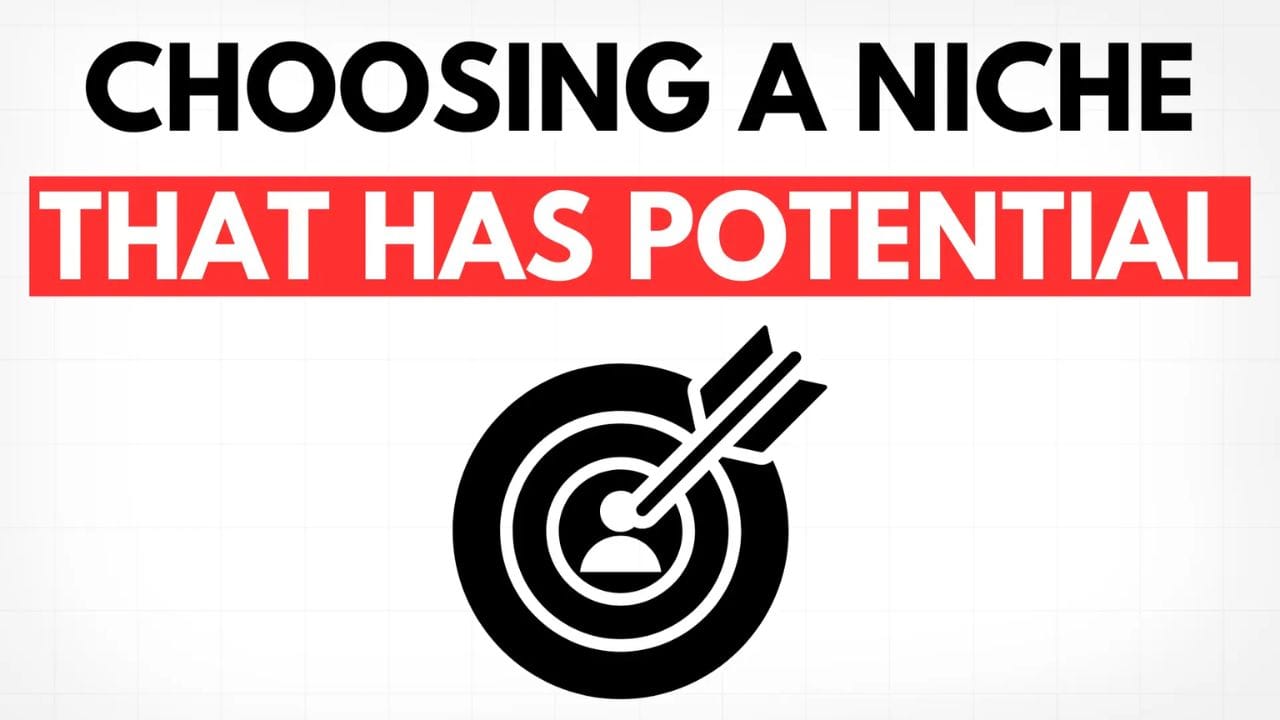
What It Means
While picking a niche may seem like an obvious first step, there’s actually more strategy involved than you might realize. Your niche should balance three things: your interests, the market size (TAM), and the competition level.
- Interest: You’ve probably heard this before, but it’s key to create content on topics you actually enjoy. When you like what you’re doing, you’re more likely to stick with it, especially in the early days when growth is might be slow. Plus, if you’re genuinely interested, you’ll have a better understanding of your target audience’s wants and needs.
- TAM (Total Addressable Market): It’s important to make sure your niche has a big enough audience to support your growth. One way to do this is by checking the top creators in your niche and seeing what kind of view counts they’re averaging. 1of10 can help you a lot with this, spotting high-performing videos. Remember, aim for niches where top creators are pulling in hundreds of thousands of views telling you there a large enough market for it.
- Low Competition: Instead of heading into a highly saturated niche, think about how you can differentiate yourself. It’s tough to find a niche with no competition in 2024, but you can create a “micro-niche” by focusing on a unique angle. For example, if you're in the cooking space, instead of sharing general recipe videos, you might focus on 15-minute meals for college students or cooking with minimal ingredients for people on a budget. This helps you stand out without shrinking your audience too much.
Step 2: Finding Viral Ideas
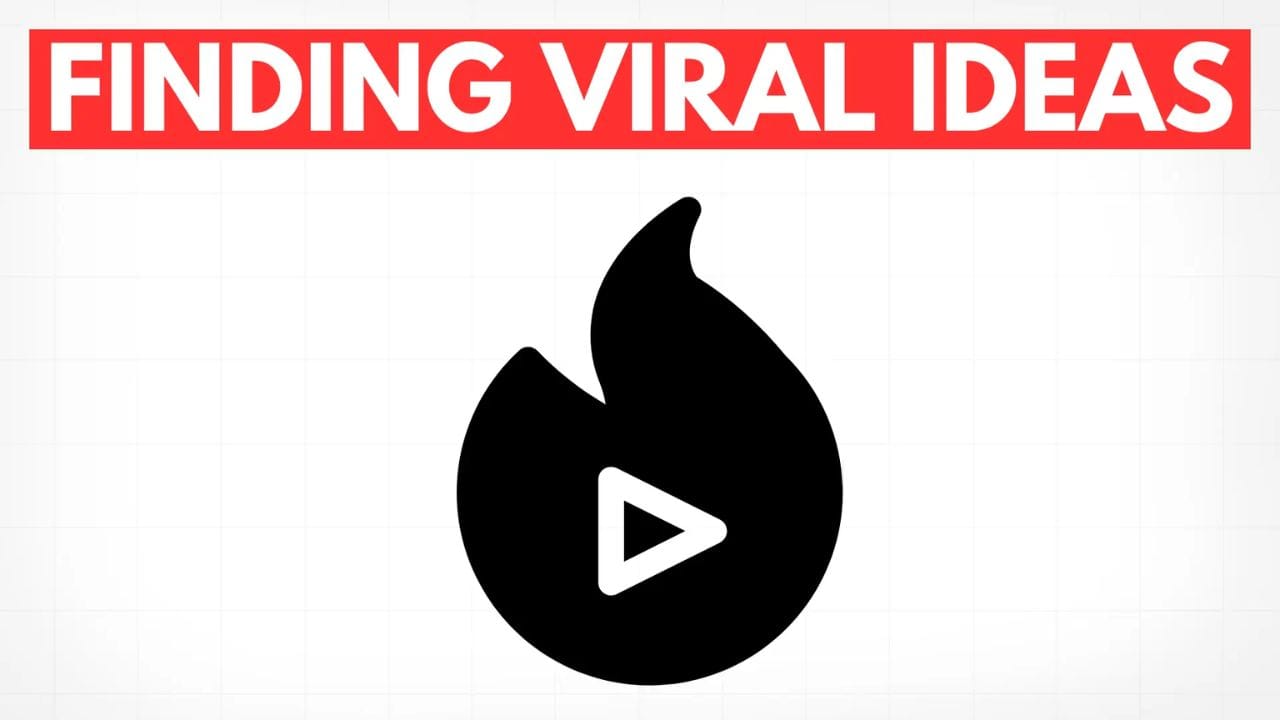
What It Means
Now that you’ve chosen your niche, it’s time to find the right content ideas that will attract your audience. A method known as “outlier ideation” is a great way to spot videos that are likely to do well.
- Within your niche: Look at what’s already working by studying the top-performing videos from creators in your space. You can use tools like 1of10 to track competitors and spot video ideas that have performed unusually well. These are known as “outliers,” and provide clues as to what kind of content could go viral for you too.
- Outside your niche: Sometimes the best ideas come from adjacent niches. For example, if your channel is about photography, look at popular content in videography or graphic design.
By paying attention to both your niche and related ones, you’ll start spotting patterns in titles, video formats, and topics that tend to perform well. Once you find these, it’s easier to adapt the idea, keeping the viral elements while putting your own twist on it.
Step 3: Validate Your Ideas
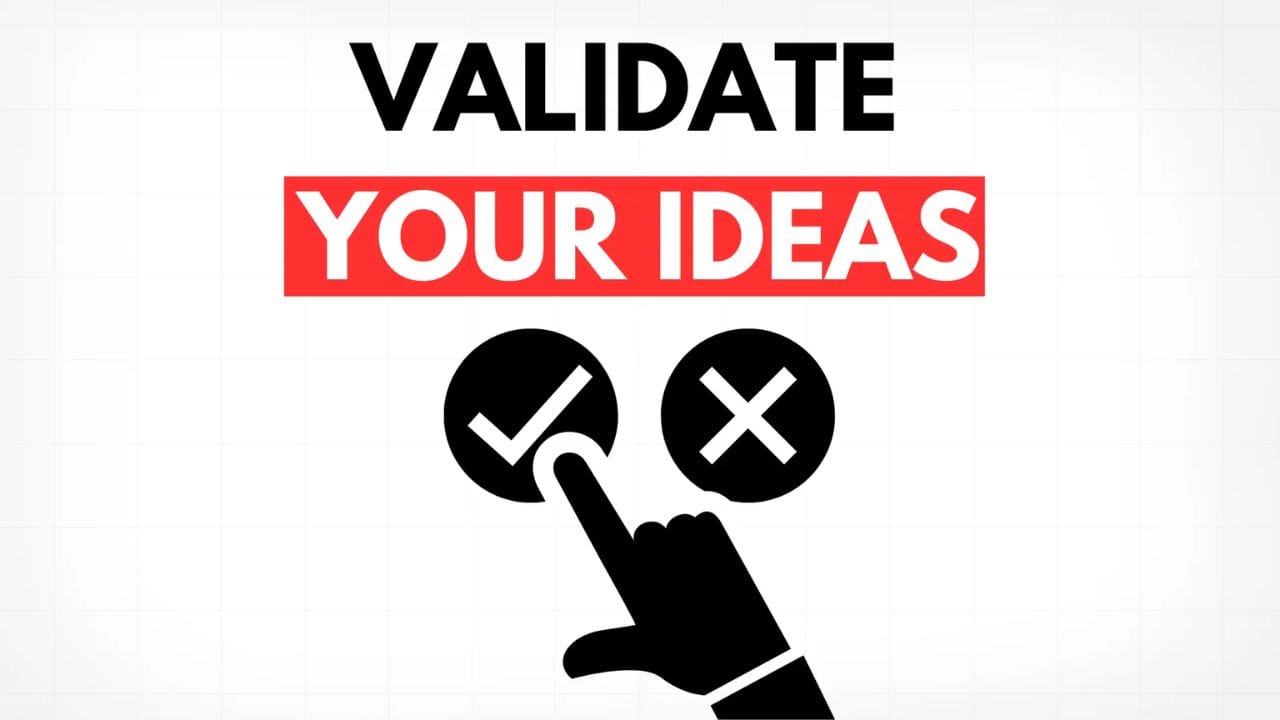
What It Means
Not every idea you come up with will be worth doing. Before you spend time creating a video, you need to make sure the idea still can still do well.
Here’s how to verify an idea:
- Look for recent successes: Check if other creators have had recent success with similar content. Videos that performed well months ago might not do too well today, so make sure your idea is still relevant.
- Keep away from overdone formats: If you've see the same format being used over and over again, it’s probably already been saturated. You want to instead spot ideas that still have room for growth but haven’t been done to death.
This step saves you from putting effort into videos that’s not likely to gain traction, keeping you focused on high-potential ideas.
Step 4: Perfect Your Packaging (Titles and Thumbnails)
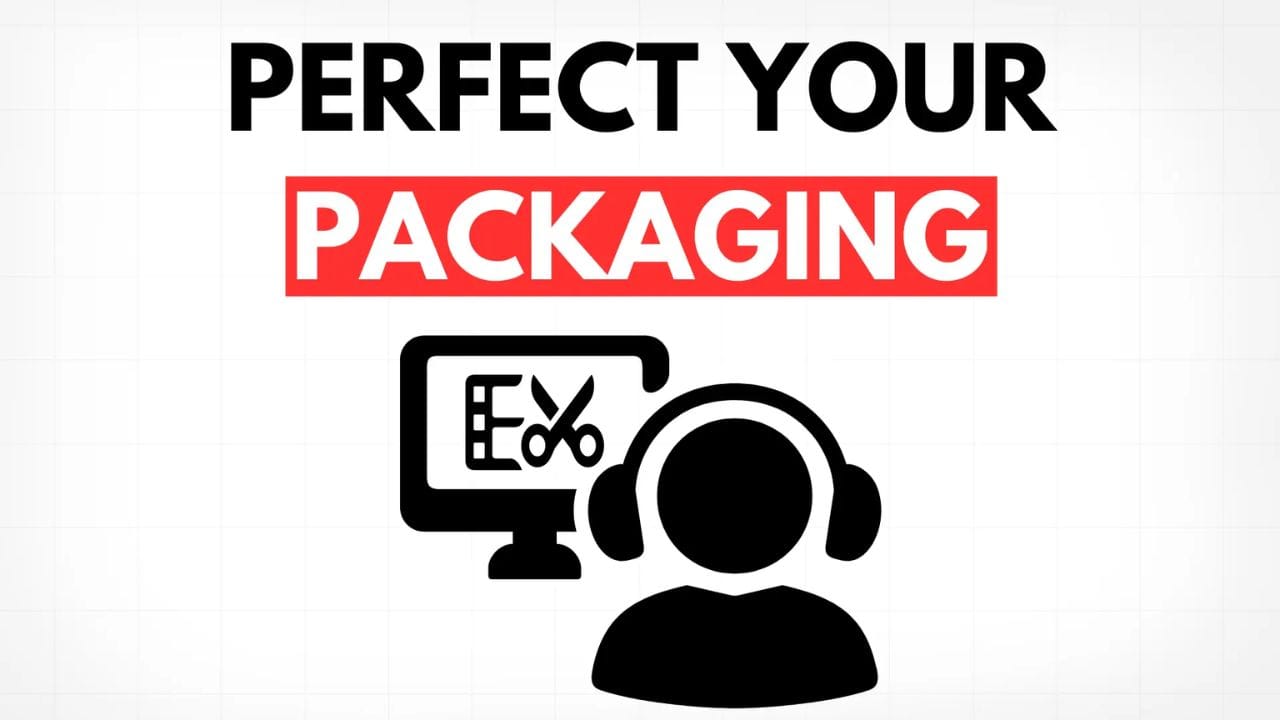
What It Means
Packaging is everything when it comes to getting people to click on your video on YouTube. Even the best video won’t perform well if the title and thumbnail aren’t attractive. These two elements work together to make a first impression, so you’ll need to spend time perfecting them.
- Thumbnails: Your thumbnail should instantly grab attention and tell a viewer what your video is about at a glance. You can compare your thumbnail against others in your niche to see how well it stands out.
- Titles: Your title needs to spark some sort of curiosity or promise value while also being concise. The best titles don’t just describe the video, they make viewers feel like they need to watch it.
Feel free to change both the title and thumbnail even after your video is already up and running. YouTube allows you to make changes after you've already uploaded, so if your video isn’t getting the stats you're looking for, a small change could make a big difference.
Step 5: Following Niche Content Formats
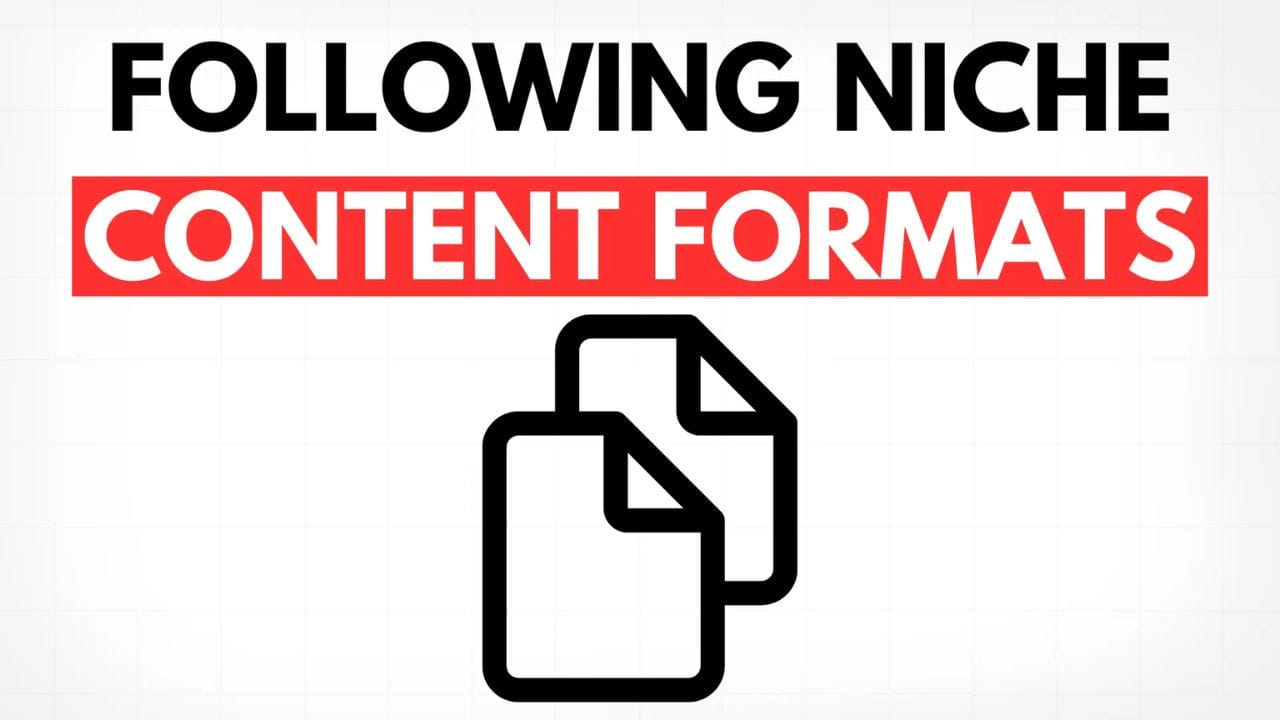
What It Means
Before recording, study the successful creators in your niche to understand the type of content your audience likes. This includes things like video length, pacing, intros, humor, and overall style.
- Video length: Are most of the popular videos in your niche around 10 minutes, or are they shorter? Changing to the preferred length can increase your chances of holding your audience’s attention.
- Pacing and style: Some audiences prefer fast-paced content with lots of jump cuts, while others enjoy more laid-back videos. Watch how the top creators in your niche handle these elements and think about how you can adding them into your own videos.
By learning from what’s already working, you increase your chances of creating content that connects with your audience from the start.
Step 6: Creating a Feedback Loop
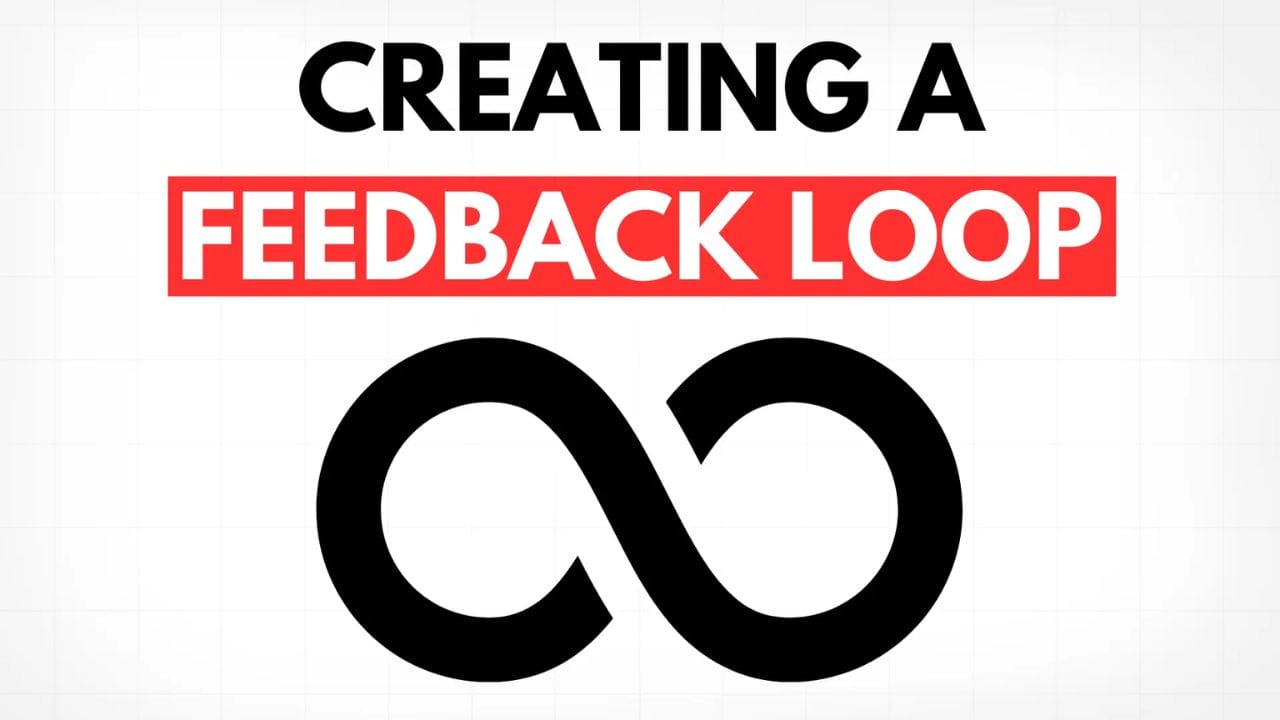
What It Means
Once you’ve started uploading content, you can’t stop there. One of the most powerful ways to improve is by creating a feedback loop with your audience and analyzing your YouTube analytics.
- Use polls and questions: YouTube’s Community Tab is a great tool for interacting with your viewers. Ask them what topics they want to see, or get feedback on what they liked or didn’t like about your last video. This not only helps you make content they enjoy, but also makes your content better getting you more views and subscribers.
- Look at feedback with your stats: Combine what your audience says with what the numbers show. For example, if viewers are saying they loved a certain video, but your analytics show a high drop-off point, you might need to adjust the pacing or structure of future videos.
- A/B test thumbnails: YouTube introduced A/B testing for thumbnails, giving you the ability to experiment with different designs to see which one boosts your click-through rate (CTR).
By listening to both your audience and your stats, you'll keep improving your content and how it's presented, which will help it do better over time.
Reaching your first 1,000 subscribers won’t happen right away, but if you stick to these strategies, you’ll make steady progress. These steps will help you build your channel on a strong foundation and get you closer to your first 1,000 subscribers.
Getting your first 1,000 subscribers won’t happen overnight, but if you stick to these strategies, you’ll make fast and solid progress. These steps will help you grow your channel with a solid foundation and get you closer to your first 1,000 subscribers.
